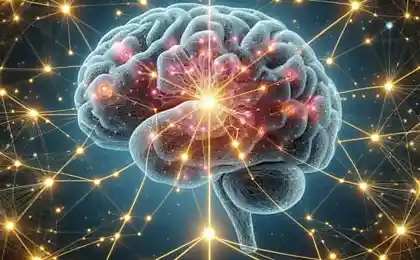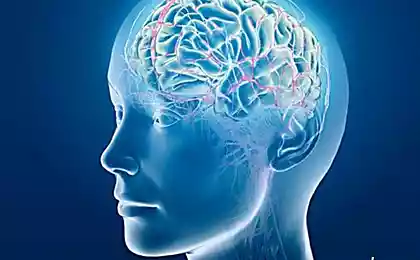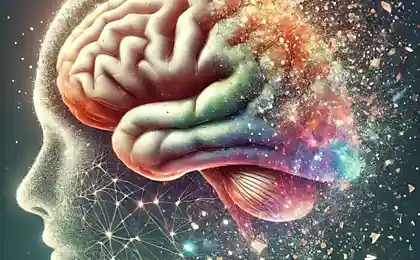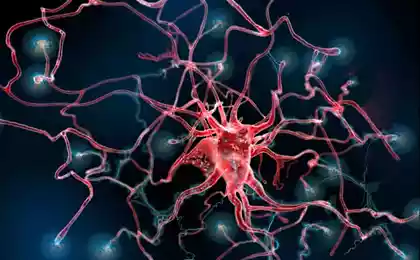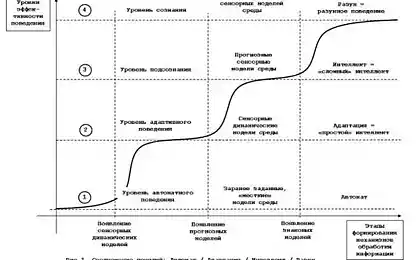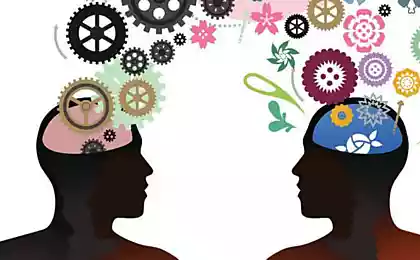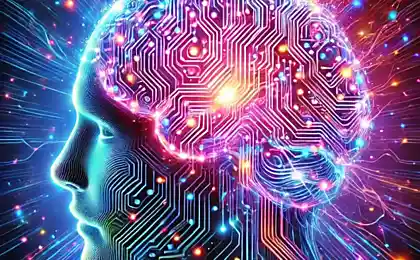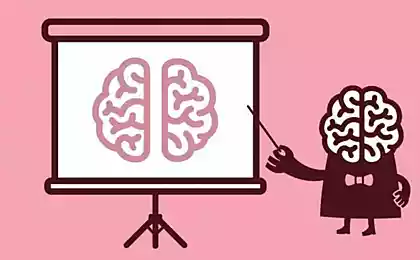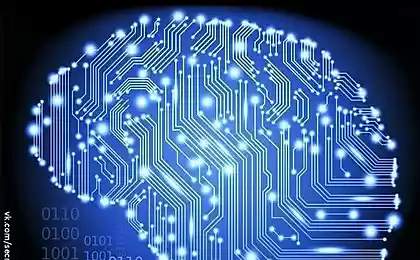219
9 Ways to Improve Memory and Learning

In order to learn, grow and achieve goals, it is necessary to develop the ability to remember and learn. In a world of information overload, these skills become critical. The good news is that memory and learning are flexible skills that can be significantly improved.
Research shows that our brains have plasticity and the ability to form new neural connections throughout life. Consider 9 scientifically based ways to improve memory and improve learning.
1 Conscious attention (mindfulness)
Regular practice of mindfulness improves the ability to concentrate and hold attention, which directly affects the quality of remembering information.
Practical advice: Start with 5 minutes of daily meditation, gradually increasing the duration to 20 minutes. Focus on breathing, gently returning attention as it dissipates.
2 Interval repetition
This system of repeating material at specific intervals is based on a “forgetting curve”. Ebbinghaus and allows you to fix information in long-term memory.
How to apply: After studying the material, repeat it after 1 day, then after 3 days, 7 days, 14 days and 30 days. Use Anki or RemNote applications for automation.
3 Memory Palace Method
This mnemonic technique uses spatial memory and association to remember large amounts of information.

4 Physical activity
Regular exercise increases blood flow to the brain and stimulates the formation of new neurons, especially in the hippocampus, which is responsible for memory.
Optimal activities: Brisk walking, swimming, dancing, yoga. Enough 30 minutes 3-4 times a week.
5 Optimizing Sleep
During sleep, the brain moves information from short-term memory to long-term memory, strengthening neural connections.
Lack of sleep even for 1-2 hours reduces cognitive abilities by 30-40% and significantly impairs memory.
6 Brain Nutrition
The quality of the brain’s fuel is critical, as it consumes about 20% of the body’s energy.
Useful products: fatty fish (omega-3), blueberries and other berries (antioxidants), dark chocolate (flavonoids), nuts (vitamin E), avocados, broccoli, eggs (choline).
7 Active learning
Active learning, which requires understanding and working with the material, is much more effective than passive consumption of information.

Methods: Feynman method (explanation in simple words), creation of mental maps, teaching others, practical application of knowledge.
8 Neurobics
A system of exercises aimed at creating new neural pathways by performing unusual tasks and changing habitual behavior patterns.
Examples: Using a non-dominant hand, learning a new language or musical instrument, changing travel routes, reading aloud.
9 Stress management
Chronic stress and high levels of cortisol damage hippocampal cells, impairing the ability to remember and learn.
Policies: Breathing exercises, contact with nature, social support, keeping a gratitude diary, regular breaks between training.
Conclusion
Improving memory and learning is the result of consistent, thoughtful actions. By combining different techniques and adapting them to suit you, you can significantly improve your cognitive abilities.
Start by implementing one or two methods and gradually add new ones. The key to success is the regularity of practice. Memory and learning are skills that can be developed and improved throughout life.
Glossary
Neuroplasticity
The ability of the brain to change its structure and function through experience and learning.
hippocampus
The part of the brain that plays a key role in the formation of new memories.
mindfulness
Practice conscious attention to the present moment without judgment.
Feynman's method
Learning technique, which consists in explaining the material in simple words.
interval repetition
Memory with repetition at increasing intervals of time.
How to stop feeling like a bad person if you upset someone
8 Signs Your Life Is Not As Good As You Think

